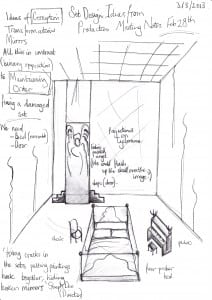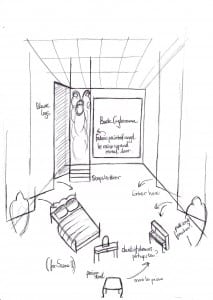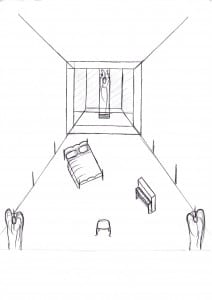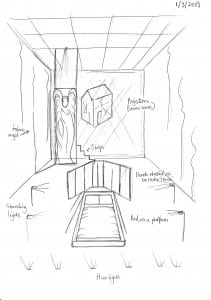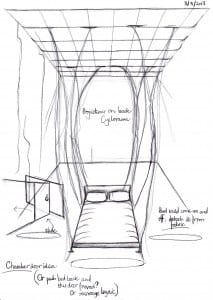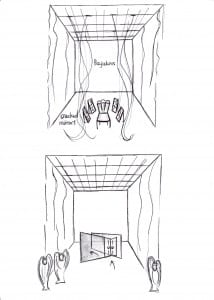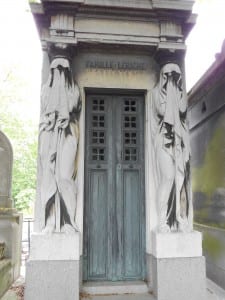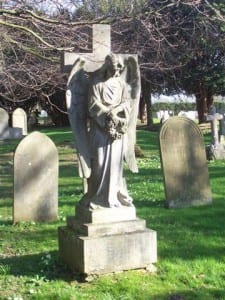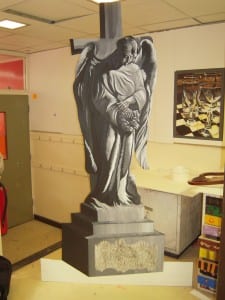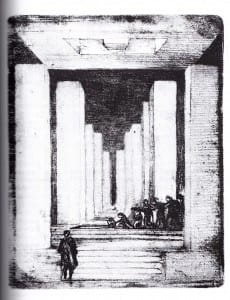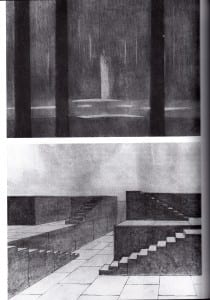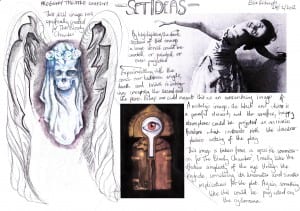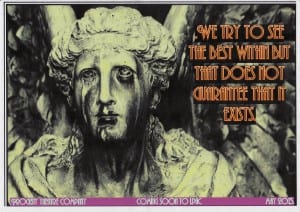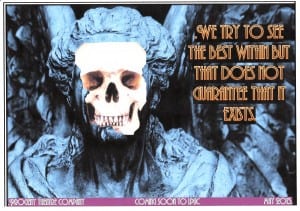Set Designs: The Process of Creating and Eliminating Ideas
These are the initial designs which I have created for ‘A Gothic Tale’, based on meetings with the director and the production team in which we consolidated the key elements of design which we would need. This includes the standing wooden angels, the back cyclorama, the use of clear entrances and exits for the actors, a piano for the piano tuner and accompanying scenes, and various pieces of furniture to add realism to scenes such as the bedroom and the piano room.
I have also recently included the idea of suspending a fabric drape, on which I could paint another angel or stencil, but in a more abstract, stylised style to contrast with but also accompany, the wooden angels. As is apparent above, I have experimented with different positions for hanging the fabric upstage, including the use of stage steps, which are already present at the LPAC, to use as a doorway effect.
As is evident in these designs, I went through many versions of how to stage the bed, piano, and other set pieces which we knew that we would need. This also includes the use of drapes, to form a four-poster style bed frame, perhaps we could also hang these from the ceiling DSR?
This last set of designs focus more consistently on the different lighting states, and working through the practicalities of how to create a doorway/ passageway to the bloody chamber. The two designs above, for example, show how I have tried to create a sliding door effect, which could be revealed at some stage throughout the performance. Furthermore, I have experimented with different types of atmospheric staging, for example, building the stage up with all its components, or leaving the stage quite bare apart from set pieces downstage to move the action closer to the audience.
(Please click on the images to see larger versions).
Word Count: 309.
